
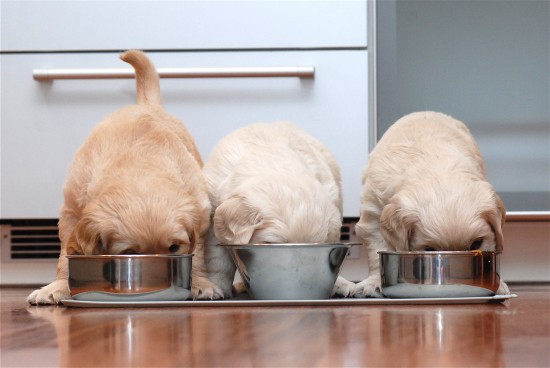
If your dog suffers from mild symptoms, remains well in himself, is energetic and has a good appetite – careful dietary management may be the solution. Many bouts of diarrhoea will clear up after a few days. However, there are times when caution MUST be exercised. It is better safe than sorry when your dog’s health may be at risk. Veterinary attention is necessary in the following cases:-
The initial recommendation for firming up loose stools as traditionally to starve the dog for 24 hours (ensuring plenty of fresh water is always available). More recent studies suggest that although this gives the digestive tract resting time, dogs benefit from continued nutrition (providing this is appropriate and there is no concurrent vomiting or acute pancreatitis) in order to supply the protein needed for healing and calories to meet their metabolic energy requirement. Small frequent feeds (usually 3-4 meals per day) make life easier for the digestive system and give it less work to do, improve the efficiency of the small intestine (meaning there is less going on in the problem area – the large bowel), and help to keep the digestive enzymes ticking over nicely.
A bland, easily digestible diet is recommended; and home-prepared meals of white fish and well-cooked boiled, mashed potato (softened with water not milk / butter) should be well-tolerated. This home-prepared food is low fat which is beneficial since the fat digestion enzymes suffer most. Continuing to feed a relatively high fat food before the gut has had a chance to recover can result in accumulation of residue within the large bowel. Foods with a moderate fat intake are great for dogs with “normal” digestion but in dogs with loose stools, an osmotic reaction can then cause further secretory diarrhoea. Many owners make the mistake of swapping and changing between regular commercial dog foods thinking perhaps an ingredient isn’t suiting the dog, but more often than not, the problem is due to something else setting off the symptoms (such as a bacterial infection). Low residue prescription diets are also low fat and highly digestible, as is home prepared grilled/steamed/boiled chicken and rice – but if allergy / intolerance is suspected, the fish and potato has an advantage in that it moves away from the more common ingredients in pet food in case an adverse food reaction has been responsible for the symptoms.
Whilst excess nutrition can be laid down as body fat or used as additional fuel; in some cases the gut can’t cope with this extra work and the food simply goes in one end and out of the other. Weigh your dog and weigh the food using your kitchen scales to check the daily volume. Don’t forget to factor in any other foods given in addition to the main diet – these have calories too and may just be tipping the balance between what’s just right and what’s too much. Treats are best stopped altogether whilst addressing diarrhoea.
Changing over to a new diet too quickly without giving the dog’s digestion sufficient opportunity to adapt to the new ingredients or nutrient balance can cause diarrhoea.
These can all cause or contribute to diarrhoea. When a dog’s natural fight or flight mechanism kicks in extra stomach acid and digestive juices are produced, and stomach muscle tension increases in order to quickly digest and eliminate food in the digestive system. This helps to prepare the body for immediate action, but will often result in loose stools.
When reverting back to kibble after a period on a home-cooked or prescription low fat diet, it may be better to soak it using a little warm water for about 30 minutes prior to serving. Soft kibble is easier for the digestive enzymes to cope with, especially if they are already under pressure. The aim is to make life as easy as possible for the digestion so that the immune system can focus on its proper job of protecting the body.
Diarrhoea can cause disturbance to the friendly bowel flora, so extra help may be needed by means of probiotics which help replenish the friendly gut bacteria. Live yogurt is popular, but a huge dose is needed to replenish the depressed bowel flora in a dog’s gut. Dairy products are a common dietary allergen, and dogs lose their ability to digest lactose once they cease to be puppies, so a non-dairy product manufactured specially for dogs is the best option.
Increasing the fibre content of the diet can help, but this may mask the problem rather than address the cause. Adding a basic fibre source such as bran will help increase the transit time within the gut, but it doesn’t address why the food is passing through too quickly in the first place. Symptoms may abate whilst the fibre is given, but are likely to recur once the bran stops. Bran is popular, but it isn’t ideal. It is difficult to measure the dose, and too much fibre can have the opposite effect of what you’d like it to do! If additional fibre is necessary, then use a supplement formulated for dogs, which is easy to dose, preferably hypoallergenic and contains good levels of both soluble and insoluble fibres.
If your dog is already eating a high quality hypoallergenic diet, you will need to look at the ingredients closely and endeavour to find a product which includes both a novel protein and carbohydrate source. If this proves difficult (for example if your dog has eaten a wide variety of feeds limiting your options) then a hydrolysed prescription diet or a 6-8 week period on a home-cooked diet (under veterinary guidance) may be necessary.
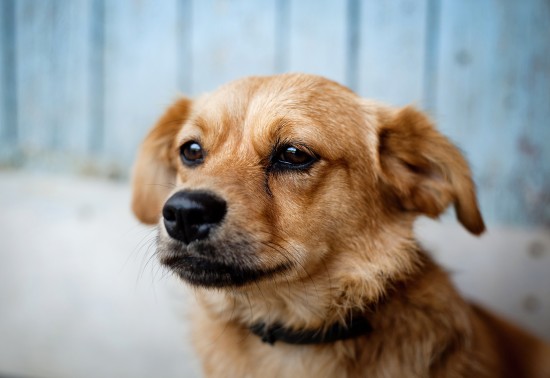 Canine Neophobia - What Is It And What Problems Does It Cause?
Canine Neophobia - What Is It And What Problems Does It Cause?
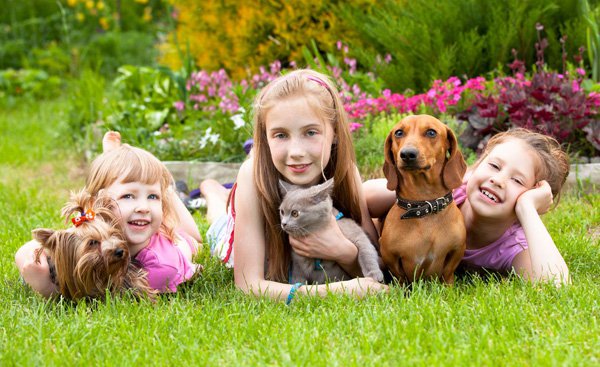 How dog crates can ensure a stress-free vet visit
How dog crates can ensure a stress-free vet visit
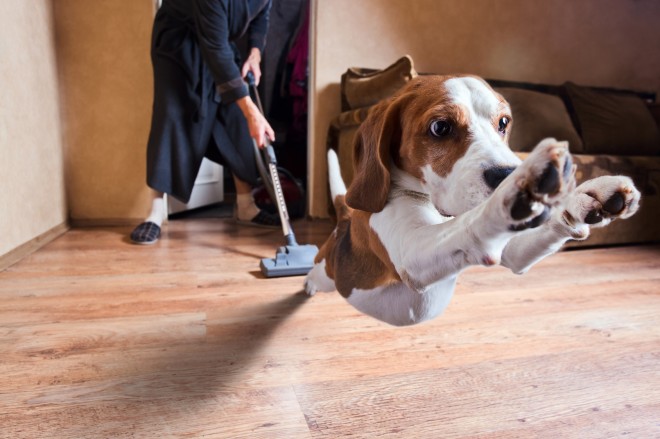 The Most Common Phobias Seen In Dogs
The Most Common Phobias Seen In Dogs
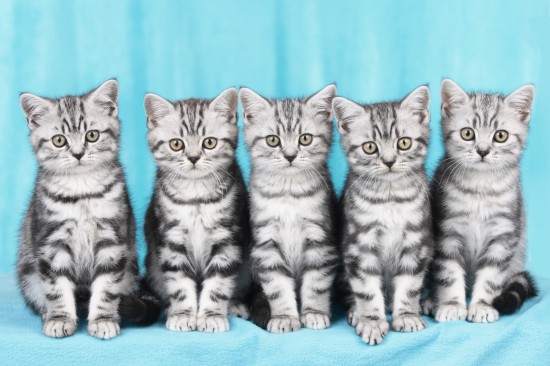 Health & Personality - What To Look For In A Kitten
Health & Personality - What To Look For In A Kitten
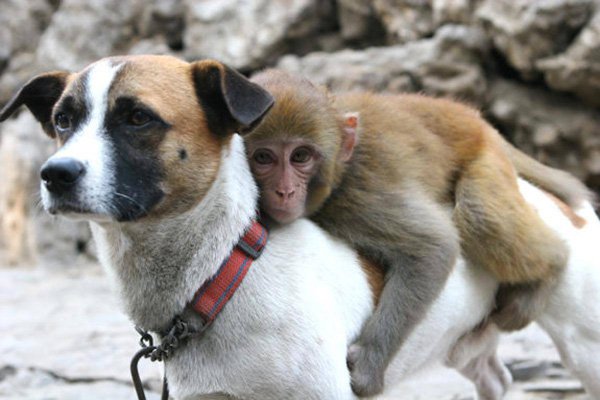 Let Reefs help you get the most out of your marine aquarium experience
Let Reefs help you get the most out of your marine aquarium experience
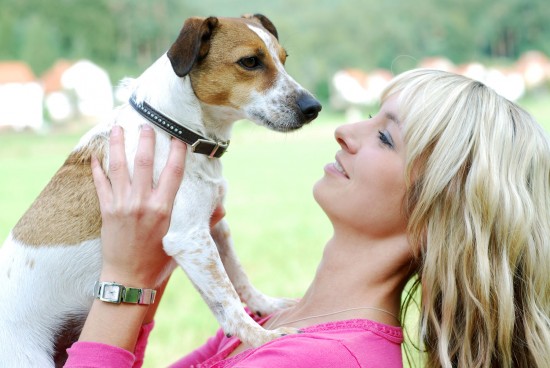 Do You Think Of Your Dog As One Of Your Children?
Do You Think Of Your Dog As One Of Your Children?
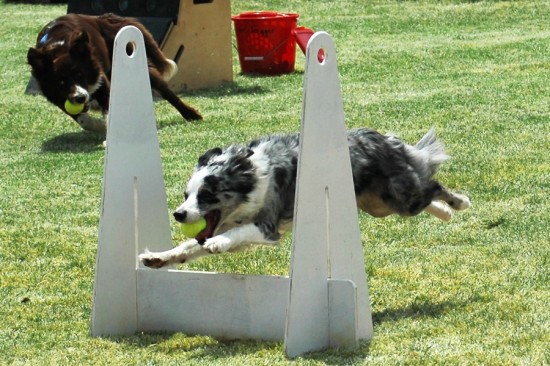 Canine Flyball For Beginners
Canine Flyball Fo
Canine Flyball For Beginners
Canine Flyball Fo
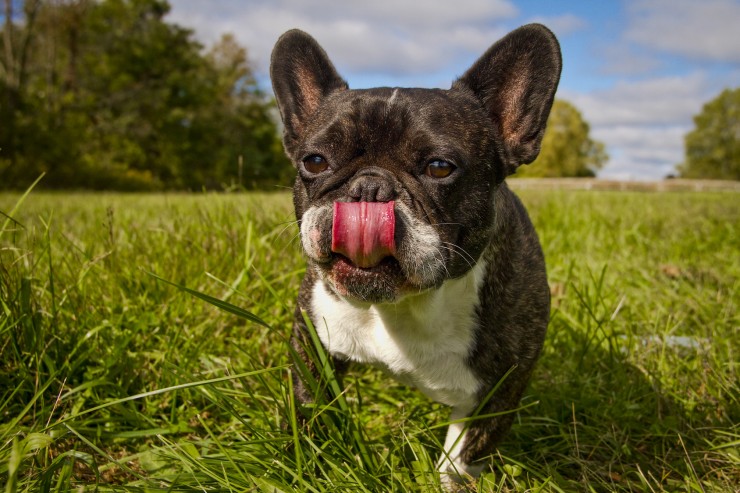 Things Every New Dog Owner Needs To Know About Their Pet
Things Every New
Things Every New Dog Owner Needs To Know About Their Pet
Things Every New
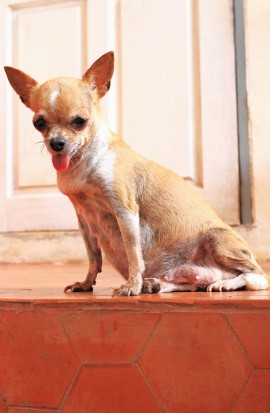 What Changes Will You Notice In Your Dog When She Is Pregnant?
What Changes Will
What Changes Will You Notice In Your Dog When She Is Pregnant?
What Changes Will
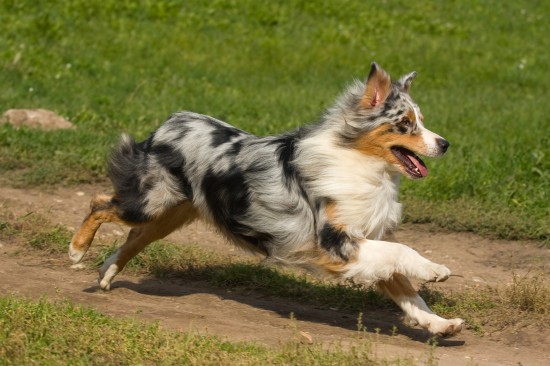 Why Does My Dog Always Attempt To Run Away?
Why Does My Dog A
Why Does My Dog Always Attempt To Run Away?
Why Does My Dog A
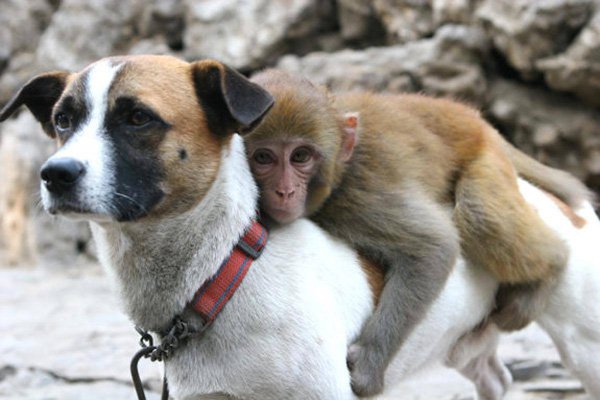 A quick guide to the simple process of transporting pets to Singapore
A quick guide to the simple process of transporting pets t
A quick guide to the simple process of transporting pets to Singapore
A quick guide to the simple process of transporting pets t
Copyright © 2005-2016 Pet Information All Rights Reserved
Contact us: www162date@outlook.com